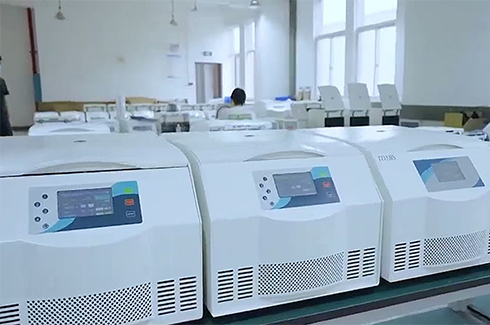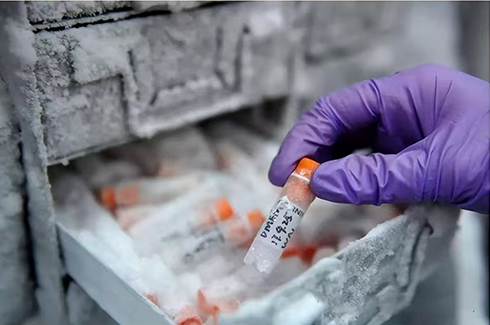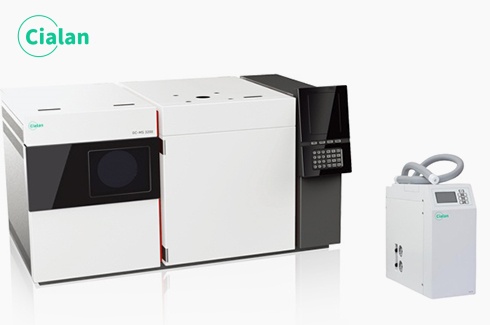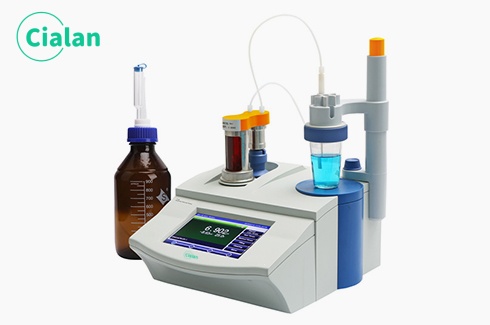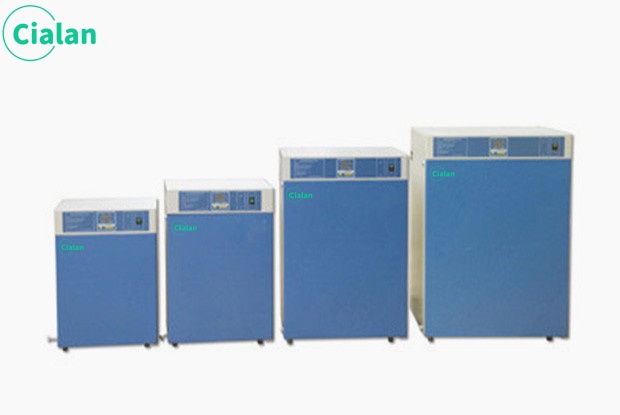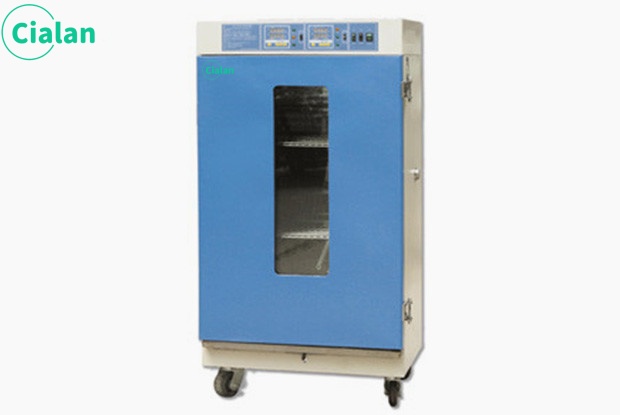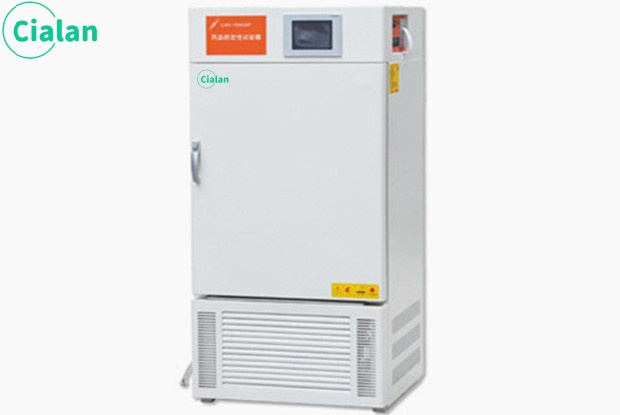All you need to know about CO2 incubator(1)
What is a CO2 incubator?
A carbon dioxide incubator is a device for in vitro cultivation of cells/tissues by simulating the formation of a growth environment similar to that of cells/tissues in a living organism inside an incubator chamber, which requires a stable temperature (37°C), a stable level of CO2 (5%), a constant acidity/alkalinity (pH:7.2-7.4), and a high relative saturated humidity (95%).
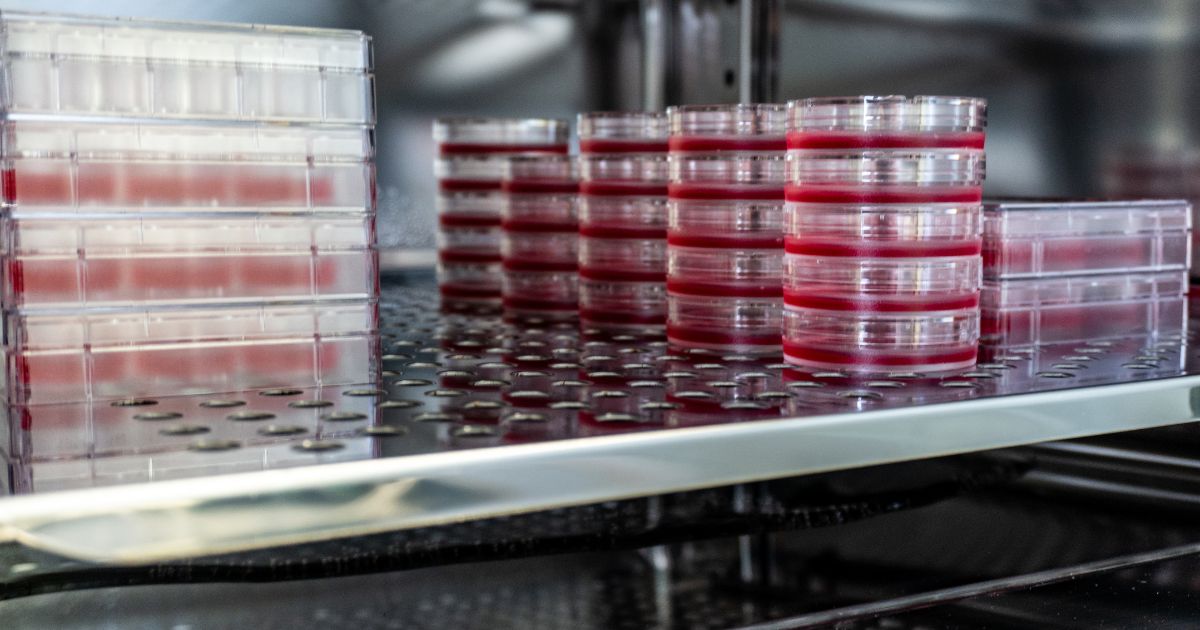
Application to carbon dioxide incubator.
It is widely used in cell and tissue culture and the culture of some special microorganisms, commonly used in cell dynamics research, collection of mammalian cell secretions, carcinogenic or toxicological effects of various physical and chemical factors, research and production of antigens, cultivation of hybridoma cells to produce antibodies, in-vitro fertilization (IVF), stem cells, tissue engineering, drug screening and other research fields.
User's basic requirements.
The first is that the CO2 incubator should be able to provide the most accurate and stable control of temperature, CO2 concentration and humidity in order to facilitate the progress of their research work.
The second is that the CO2 incubator should be able to effectively prevent microbial contamination inside the incubator, and be able to eliminate the contamination on a regular basis in order to protect the research results and prevent the loss of samples.
Microprocessor system.
The microprocessor control system is the operating system that maintains the temperature, humidity and CO2 concentration in the incubator at a steady state. The use of the microprocessor control system and other functional accessories (e.g. high and low temperature automatic adjustment and alarm device, CO2 alarm device, password protection settings, etc.) makes the operation and control of the CO2 incubator very easy.
Heating Methods.
Gas-jacket heating and water-jacket heating, both heating systems are accurate and reliable, but they have their own advantages and disadvantages.
Water-jacket heating
Water jacket heating is through a separate layer of water jacket surrounded by the internal chamber to maintain a constant temperature, its advantages: water is a very good adiabatic material, when encountered in power outages, the water jacket system can be a relatively long time to maintain the accuracy and stability of the temperature inside the incubator, is conducive to the experimental environment is not very stable (such as electricity restrictions or frequent power outages) of the choice of the user.
Gas-jacket heating for CO2 incubator.
Gas jacket heating is spread throughout the box body gas jacket layer of the heater directly on the inner box body for heating, also known as six direct heating.
Compared with the water jacket type, the air jacket type has the characteristics of fast heating and quicker temperature recovery than the water jacket type incubator, which is especially favorable for short-term cultivation and the cultivation that requires frequent opening and closing of the door to take and release samples. In addition, the gas-jacketed design is simpler for the user than the water-jacketed (the water-jacketed requires refilling, emptying and cleaning of the tank and frequent monitoring of the tank operation, as well as potential contamination hazards).
A carbon dioxide incubator is a device for in vitro cultivation of cells/tissues by simulating the formation of a growth environment similar to that of cells/tissues in a living organism inside an incubator chamber, which requires a stable temperature (37°C), a stable level of CO2 (5%), a constant acidity/alkalinity (pH:7.2-7.4), and a high relative saturated humidity (95%).

Application to carbon dioxide incubator.
It is widely used in cell and tissue culture and the culture of some special microorganisms, commonly used in cell dynamics research, collection of mammalian cell secretions, carcinogenic or toxicological effects of various physical and chemical factors, research and production of antigens, cultivation of hybridoma cells to produce antibodies, in-vitro fertilization (IVF), stem cells, tissue engineering, drug screening and other research fields.
User's basic requirements.
The first is that the CO2 incubator should be able to provide the most accurate and stable control of temperature, CO2 concentration and humidity in order to facilitate the progress of their research work.
The second is that the CO2 incubator should be able to effectively prevent microbial contamination inside the incubator, and be able to eliminate the contamination on a regular basis in order to protect the research results and prevent the loss of samples.
Microprocessor system.
The microprocessor control system is the operating system that maintains the temperature, humidity and CO2 concentration in the incubator at a steady state. The use of the microprocessor control system and other functional accessories (e.g. high and low temperature automatic adjustment and alarm device, CO2 alarm device, password protection settings, etc.) makes the operation and control of the CO2 incubator very easy.
Heating Methods.
Gas-jacket heating and water-jacket heating, both heating systems are accurate and reliable, but they have their own advantages and disadvantages.
Water-jacket heating
Water jacket heating is through a separate layer of water jacket surrounded by the internal chamber to maintain a constant temperature, its advantages: water is a very good adiabatic material, when encountered in power outages, the water jacket system can be a relatively long time to maintain the accuracy and stability of the temperature inside the incubator, is conducive to the experimental environment is not very stable (such as electricity restrictions or frequent power outages) of the choice of the user.
Gas-jacket heating for CO2 incubator.
Gas jacket heating is spread throughout the box body gas jacket layer of the heater directly on the inner box body for heating, also known as six direct heating.
Compared with the water jacket type, the air jacket type has the characteristics of fast heating and quicker temperature recovery than the water jacket type incubator, which is especially favorable for short-term cultivation and the cultivation that requires frequent opening and closing of the door to take and release samples. In addition, the gas-jacketed design is simpler for the user than the water-jacketed (the water-jacketed requires refilling, emptying and cleaning of the tank and frequent monitoring of the tank operation, as well as potential contamination hazards).


